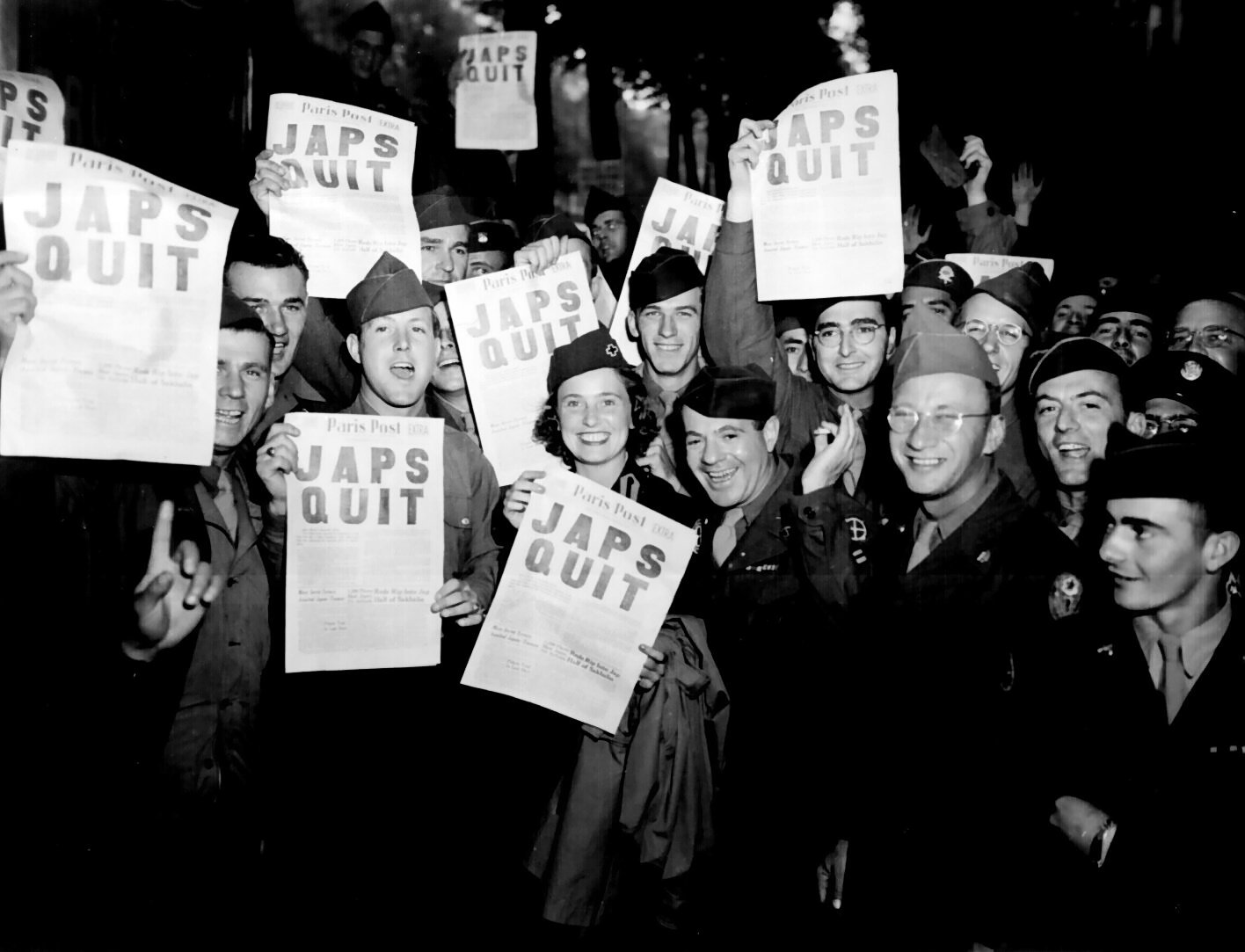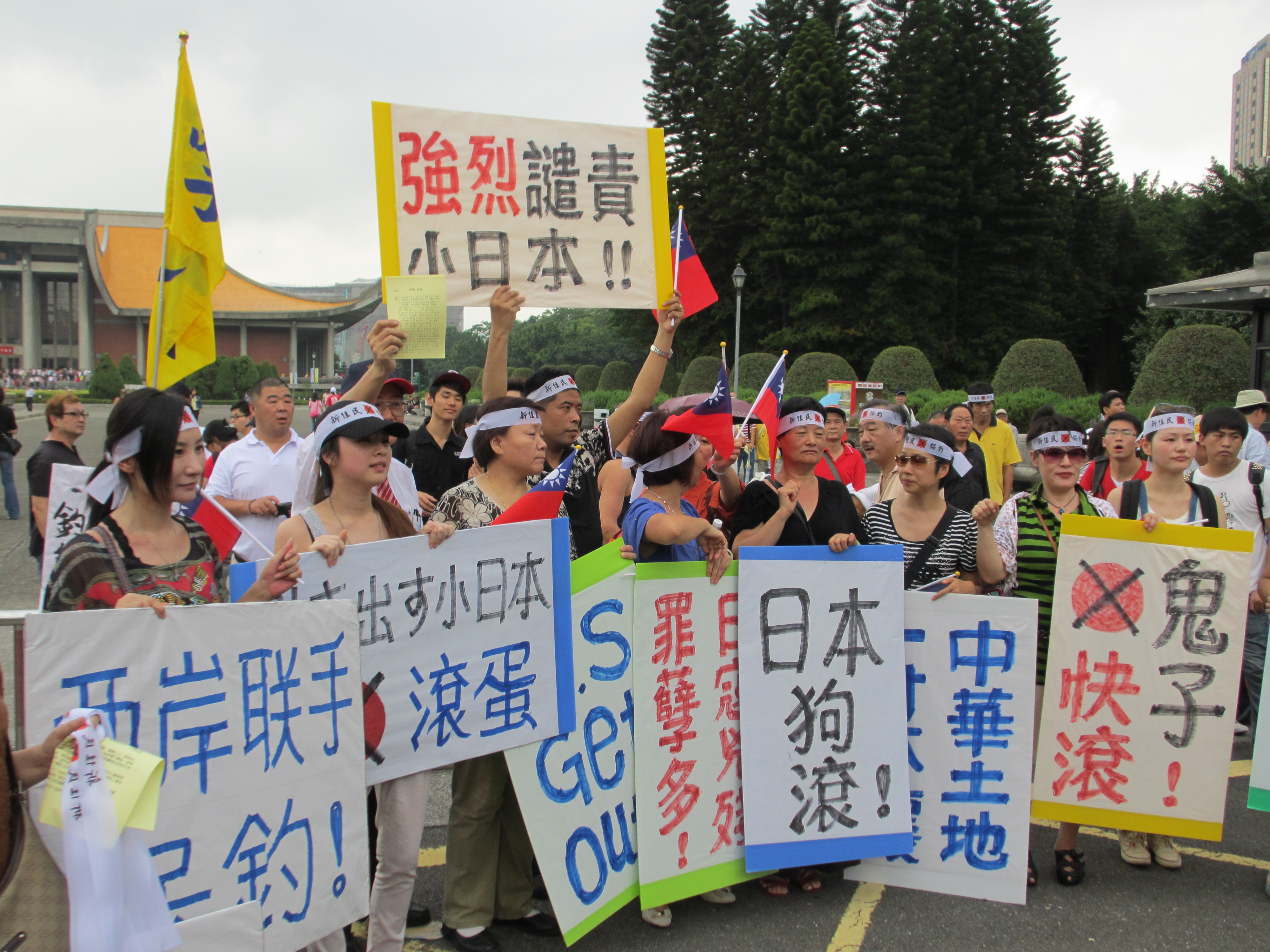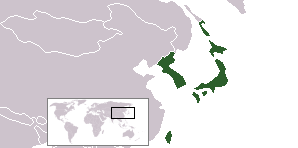|
Jap
''Jap'' is an English abbreviation of the word " Japanese". In the United States, some Japanese Americans have come to find the term offensive because of the internment they suffered during World War II. Before the attack on Pearl Harbor, ''Jap'' was not considered primarily offensive. However, following the bombing of Pearl Harbor and the Japanese declaration of war on the US, the term began to be used derogatorily, as anti-Japanese sentiment increased.Paul Fussell, ''Wartime: Understanding and Behavior in the Second World War,'' Oxford University Press, 1989, p. 117. During the war, signs using the epithet, with messages such as "No Japs Allowed", were hung in some businesses, with service denied to customers of Japanese descent.Gil AsakawaNikkeiview: Jap July 18, 2004. History and etymology According to the ''Oxford English Dictionary'', ''Jap'' as an abbreviation for ''Japanese'' was in colloquial use in London around 1880. An example of benign usage was the previous nam ... [...More Info...] [...Related Items...] OR: [Wikipedia] [Google] [Baidu] |
Imperial Japan
The Empire of Japan, also known as the Japanese Empire or Imperial Japan, was the Japanese nation state that existed from the Meiji Restoration on January 3, 1868, until the Constitution of Japan took effect on May 3, 1947. From Japan–Korea Treaty of 1910, 1910 to Japanese Instrument of Surrender, 1945, it included the Japanese archipelago, the Kuril Islands, Kurils, Karafuto Prefecture, Karafuto, Korea under Japanese rule, Korea, and Taiwan under Japanese rule, Taiwan. The South Seas Mandate and Foreign concessions in China#List of concessions, concessions such as the Kwantung Leased Territory were ''de jure'' not internal parts of the empire but dependent territories. In the closing stages of World War II, with Japan defeated alongside the rest of the Axis powers, the Japanese Instrument of Surrender, formalized surrender was issued on September 2, 1945, in compliance with the Potsdam Declaration of the Allies of World War II, Allies, and the empire's territory subsequent ... [...More Info...] [...Related Items...] OR: [Wikipedia] [Google] [Baidu] |
Internment Of Japanese Americans
United States home front during World War II, During World War II, the United States forcibly relocated and Internment, incarcerated about 120,000 people of Japanese Americans, Japanese descent in ten #Terminology debate, concentration camps operated by the War Relocation Authority (WRA), mostly in the Western United States, western interior of the country. About two-thirds were Citizenship in the United States, U.S. citizens. These actions were initiated by Executive Order 9066, issued by President Franklin D. Roosevelt on February 19, 1942, following the outbreak of war with the Empire of Japan in December 1941. About 127,000 Japanese Americans then lived in the continental United States, continental U.S., of which about 112,000 lived on the West Coast of the United States, West Coast. About 80,000 were ''Nisei'' ('second generation'; American-born Japanese with U.S. citizenship) and ''Sansei'' ('third generation', the children of ''Nisei''). The rest were ''Issei'' ('first genera ... [...More Info...] [...Related Items...] OR: [Wikipedia] [Google] [Baidu] |
Anti-Japanese Sentiment
Anti-Japanese sentiment (also called Japanophobia, Nipponophobia and anti-Japanism) is the fear or dislike of Japan or Japanese culture. Anti-Japanese sentiment can take many forms, from antipathy toward Japan as a country to racist hatred of Japanese people. Overview Anti-Japanese sentiments range from animosity towards the Japanese government's actions during the Second Sino-Japanese War and World War II, to disdain for Japanese culture, or to racism against the Japanese people. Sentiments of dehumanization have been fueled by the anti-Japanese propaganda of the Allied governments in World War II; this propaganda was often of a racially disparaging character. Anti-Japanese sentiment may be strongest in Korea and China, due to atrocities committed by the Imperial Japanese military. In the past, anti-Japanese sentiment contained innuendos of Japanese people as barbaric. Following the Meiji Restoration of 1868, Japan was intent to adopt Western ways in an attempt t ... [...More Info...] [...Related Items...] OR: [Wikipedia] [Google] [Baidu] |
Japanese Americans
are Americans of Japanese ancestry. Japanese Americans were among the three largest Asian Americans, Asian American ethnic communities during the 20th century; but, according to the 2000 United States census, 2000 census, they have declined in ranking to constitute the sixth largest Asian American group at around 1,469,637, including those of partial ancestry. According to the 2010 United States census, 2010 census, the largest Japanese American communities were found in California with 272,528, Japanese in Hawaii, Hawaii with 185,502, New York with 37,780, Washington (state), Washington with 35,008, Illinois with 17,542 and Ohio with 16,995. Southern California has the largest Japanese American population in North America and the city of Gardena, California, Gardena holds the densest Japanese American population in the 48 contiguous states. History Immigration People from Empire of Japan, Japan began migrating to the US in significant numbers following the political, cultur ... [...More Info...] [...Related Items...] OR: [Wikipedia] [Google] [Baidu] |
World War II
World War II or the Second World War (1 September 1939 – 2 September 1945) was a World war, global conflict between two coalitions: the Allies of World War II, Allies and the Axis powers. World War II by country, Nearly all of the world's countries participated, with many nations mobilising all resources in pursuit of total war. Tanks in World War II, Tanks and Air warfare of World War II, aircraft played major roles, enabling the strategic bombing of cities and delivery of the Atomic bombings of Hiroshima and Nagasaki, first and only nuclear weapons ever used in war. World War II is the List of wars by death toll, deadliest conflict in history, causing World War II casualties, the death of 70 to 85 million people, more than half of whom were civilians. Millions died in genocides, including the Holocaust, and by massacres, starvation, and disease. After the Allied victory, Allied-occupied Germany, Germany, Allied-occupied Austria, Austria, Occupation of Japan, Japan, a ... [...More Info...] [...Related Items...] OR: [Wikipedia] [Google] [Baidu] |
Attack On Pearl Harbor
The attack on Pearl HarborAlso known as the Battle of Pearl Harbor was a surprise military strike by the Empire of Japan on the United States Pacific Fleet at Naval Station Pearl Harbor, its naval base at Pearl Harbor on Oahu, Territory of Hawaii, Hawaii, on December 7, 1941. At the time, the U.S. was a Neutral powers during World War II, neutral country in World War II. The air raid on Pearl Harbor, which was launched from Aircraft carrier, aircraft carriers, resulted in the U.S. entering the war on the side of the Allies of World War II, Allies on the day following the attack. The Imperial General Headquarters, Japanese military leadership referred to the attack as the Hawaii Operation and Operation AI, and as Operation Z during its planning. The attack on Pearl Harbor was preceded by months of negotiations between the U.S. and Japan over the future of the Pacific Ocean, Pacific. Japanese demands included that the U.S. ABCD line, end its sanctions against Japan, cease aidi ... [...More Info...] [...Related Items...] OR: [Wikipedia] [Google] [Baidu] |
Japanese People
are an East Asian ethnic group native to the Japanese archipelago. Japanese people constitute 97.4% of the population of the country of Japan. Worldwide, approximately 125 million people are of Japanese descent, making them list of contemporary ethnic groups, one of the largest ethnic groups. Approximately 120.8 million Japanese people are residents of Japan, and there are approximately 4 million members of the Japanese diaspora, known as . In some contexts, the term "Japanese people" may be used to refer specifically to the Yamato people, who are primarily from the historically principal islands of Honshu, Kyushu and Shikoku and constitute by far the largest group. In other contexts, the term may include other groups native to the Japanese archipelago, including Ryukyuan people, who share connections with the Yamato but are often regarded as distinct, and Ainu people. In recent decades, there has also been an increase in the number of people with both Japanese and non-Japanes ... [...More Info...] [...Related Items...] OR: [Wikipedia] [Google] [Baidu] |
Japanese American Citizens League
The is an Asian American civil rights charity, headquartered in San Francisco, with regional chapters across the United States. The Japanese American Citizens League (JACL) describes itself as the oldest and largest Asian American civil rights organization in the United States, focusing on civil and human rights of all Americans, particularly the Asian Pacific American community. The organization was formed in 1929 out of existing Nisei organizations in California and Washington. In its early years, the JACL lobbied for legislation that expanded the citizenship rights of Japanese Americans, and local chapters organized meetings to encourage Nisei to become more politically active. During and leading up to World War II, the JACL was criticized for its decision not to use its political influence to fight the incarceration of Japanese Americans, aiding U.S. intelligence agencies in identifying "disloyal" Issei, and taking a hardline stance against draft resisters in camp. These ... [...More Info...] [...Related Items...] OR: [Wikipedia] [Google] [Baidu] |
Koto Matsudaira
was a Japanese diplomat who served as an ambassador to the United Nations from 1957 to 1961. Biography Matsudaira was born in Tokyo on 5 February 1903, the eldest son of Ichisaburō Matsudaira, a shipowner, and Tami Yamamura. He attended high school in Tokyo and then studied law at Tokyo Imperial University. Although he entered foreign service in 1926, he attained an academic degree in 1927. He then went to Paris where he received a Juris Doctor in 1931. That same year, he also obtained a diploma from the École Libre des Sciences Politiques. Matsudaira first joined the League of Nations as a Japanese delegate to Geneva in 1932. Two years later, he was sent to the contract department of the Japanese Foreign Office until early 1941. Matsudaira then served as the first secretary at the Embassy of Japan in Washington, D.C. where his uncle Saburō Kurusu also worked. After the attack on Pearl Harbor, he was interned there along with Kurusu until being repatriated to Japan. In ... [...More Info...] [...Related Items...] OR: [Wikipedia] [Google] [Baidu] |
Japanese Declaration Of War On The United States And The British Empire
The Imperial edict of declaration of war by the Empire of Japan on the United States and the British Empire (Kyūjitai: 米國及英國ニ對スル宣戰ノ詔書) was published on 8 December 1941 (Japan time; 7 December in the US), 7.5 hours after Japanese forces started an attack on the United States naval base at Pearl Harbor and attacks on British forces in Malaya, Singapore, and Hong Kong. The declaration of war was printed on the front page of all Japanese newspapers' evening editions on December 8. The document was subsequently printed again on the eighth day of each month throughout the war (until Japan surrendered in 1945), to re-affirm the resolve for the war. Text of the document Below is the text to the declaration of the war with the boldened texts released in the name of the Emperor of Japan: Historical context The document declares the war against the United States and the British Empire, discusses their presumed disruptive actions against Japan's foreign pol ... [...More Info...] [...Related Items...] OR: [Wikipedia] [Google] [Baidu] |
Kichimatsu Kishi
Kichimatsu Kishi (岸 吉松 ''Kishi Kichimatsu'', ?–1956) was a Japanese immigrant to the United States who worked as a farmer and businessman. Along with fellow immigrants from Japan, his impact on rice farming in the southern United States would change the agricultural industry of the region. Kishi would establish an agricultural colony in Southeast Texas and would own an oil company. Born as one of eight children to a Japanese banker, he attended Hitotsubashi University in Tokyo, Japan, but was taken from his studies in 1904 to fight in the Russo-Japanese War. He was eventually sent to Manchuria on the mainland of China where he remained until the Japanese victory in 1905. He considered remaining there, but the high cost of land and lawlessness prompted him to return to his homeland. Years earlier, Sadatsuchi Uchida (Japan’s consul to the United States) toured the southern United States in 1902. Uchida reported back to Japan with promising news that the rice farming was und ... [...More Info...] [...Related Items...] OR: [Wikipedia] [Google] [Baidu] |








